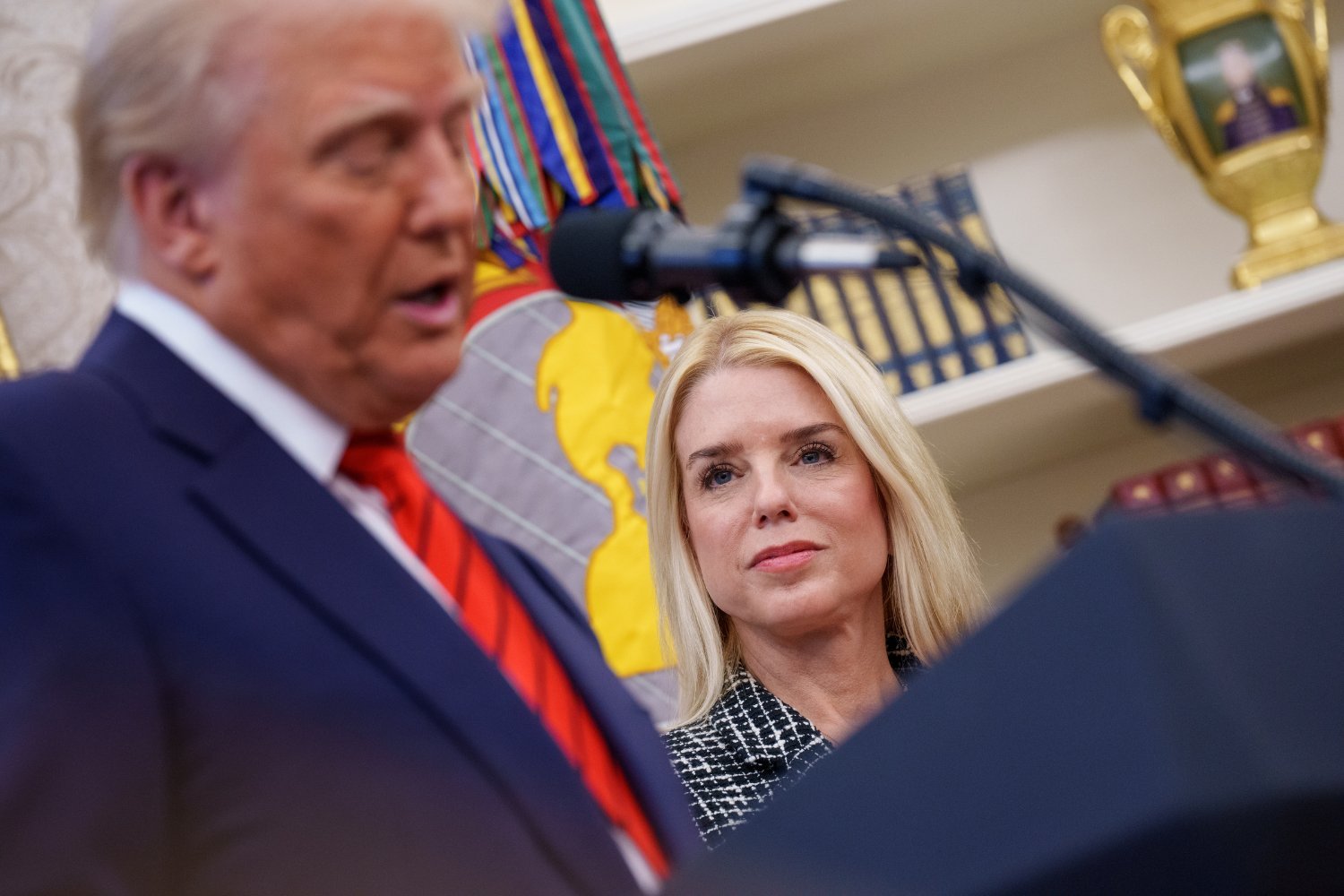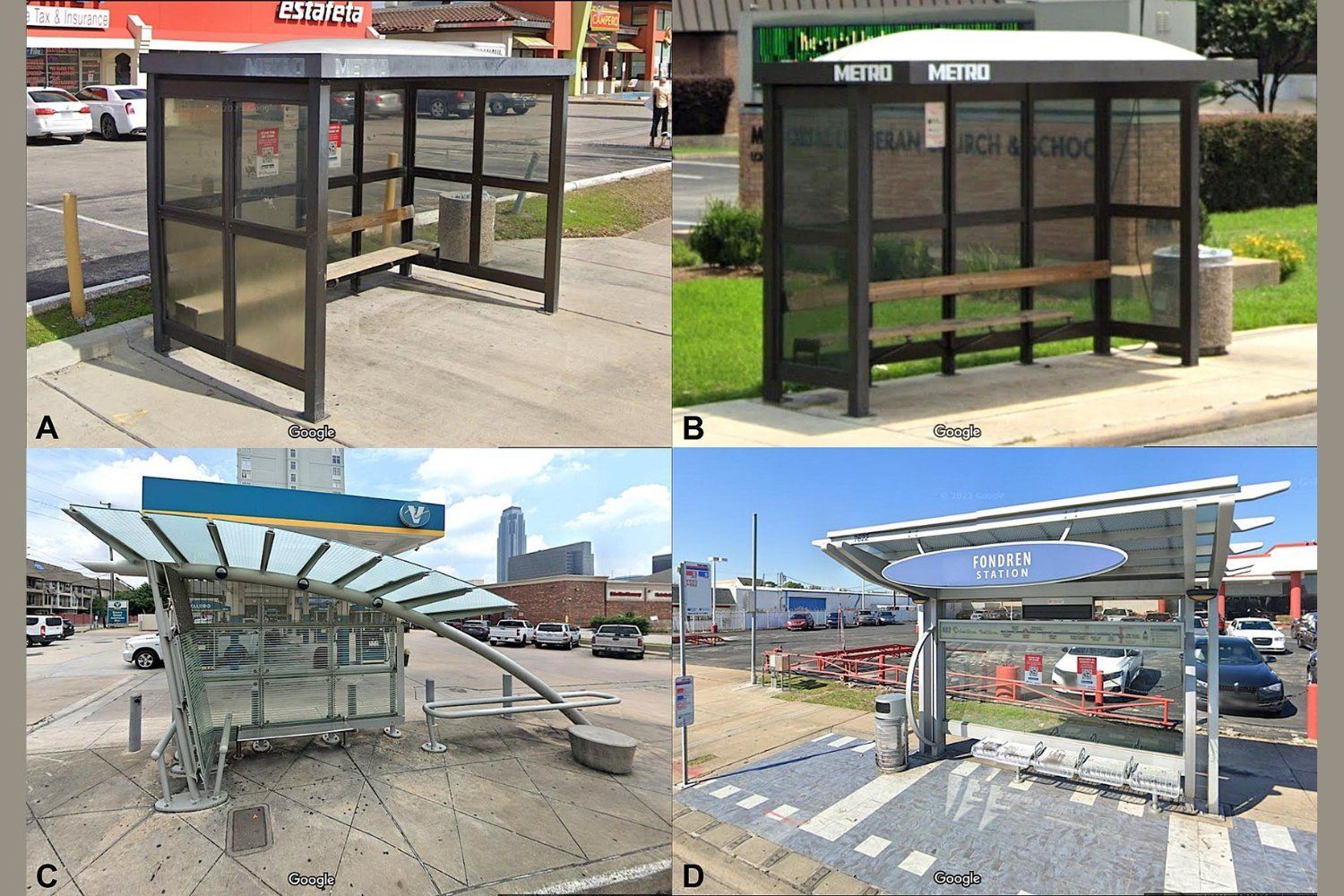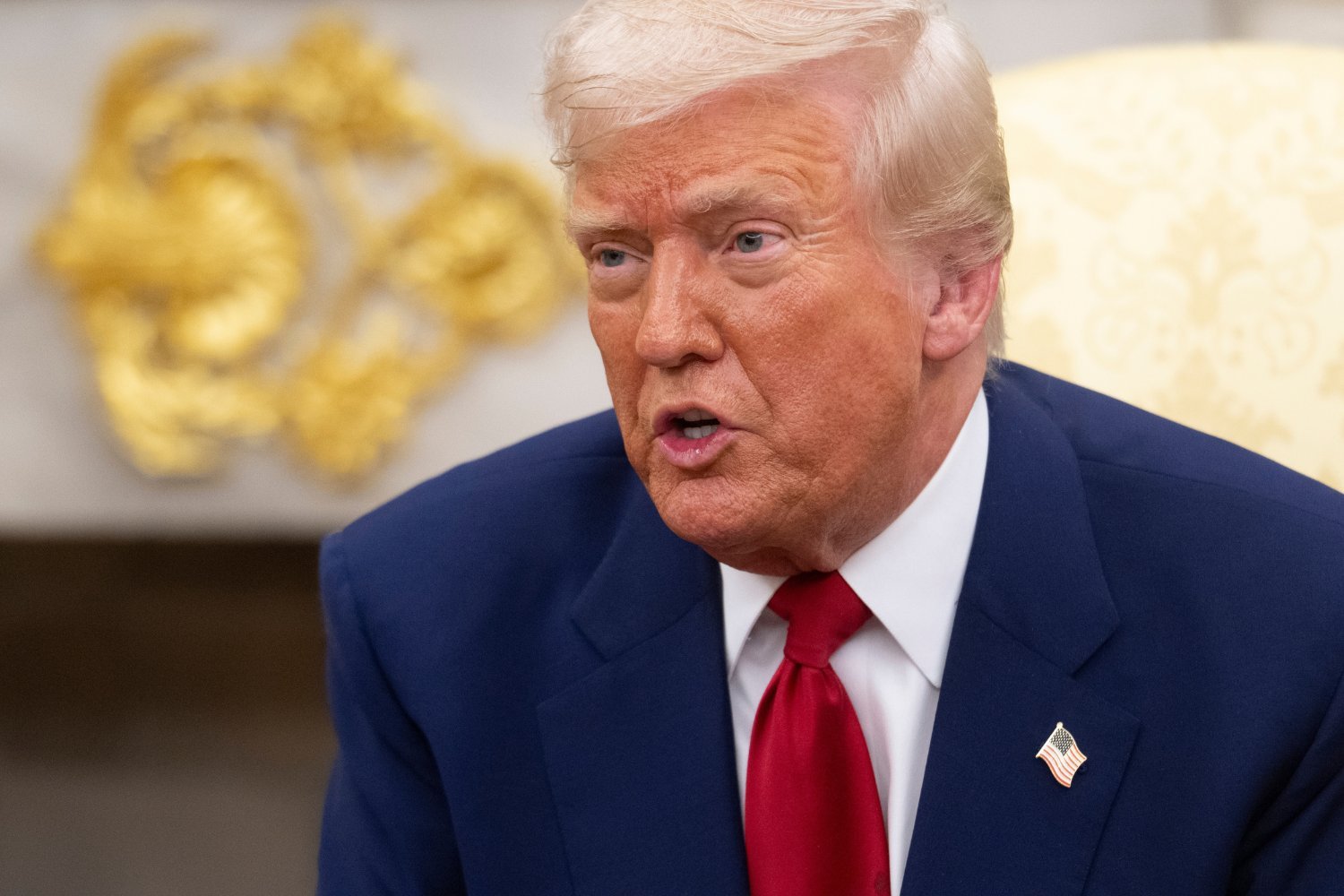Attorney General Pam Bondi recently asserted that the Trump administration saved 258 million American lives from fentanyl. This claim, made during a Cabinet meeting celebrating Trump’s first 100 days back in office, warrants closer examination. Bondi’s statement, a dramatic escalation from a previous claim of 119 million lives saved, raises questions about the basis for these figures.
Understanding the Fentanyl Crisis
The U.S. faces a significant public health challenge with drug overdoses, particularly those involving synthetic opioids like fentanyl. Fentanyl’s high potency, with a lethal dose as small as two milligrams, makes it considerably more dangerous than other opioids like heroin. The rising prevalence of fentanyl has contributed to the steady increase in overdose deaths over the past decade.
Examining the Claims
Bondi’s assertion of 258 million lives saved seems to stem from the quantity of fentanyl seized by the DOJ. While the administration has confiscated millions of fentanyl pills and thousands of kilos of the drug, translating these seizures into lives saved requires careful analysis. The Biden administration, for instance, reported seizing enough fentanyl in 2023 to represent over 386 million potential deadly doses. However, there’s a crucial distinction between highlighting the potential lethality of seized fentanyl and claiming a direct correlation to lives saved.
Official statistics paint a different picture. In 2023, slightly over 100,000 Americans died from drug overdoses, with approximately 70% attributed to fentanyl. While this signifies a serious problem, it is drastically lower than the figures presented by Bondi. Furthermore, the National Center for Drug Abuse Statistics estimates around 10 million Americans annually misuse opioids in general, a far cry from the 258 million implied by Bondi’s statement.
Impact of Policy Decisions
While overdose deaths have recently begun to decline after years of increase, the Trump administration’s proposed budget cuts to substance abuse prevention and treatment programs raise concerns. These cuts target programs distributing naloxone, a highly effective overdose reversal treatment, and threaten to rescind billions in grants previously allocated to mental health and substance abuse initiatives. The administration has also initiated significant downsizing of the Substance Abuse and Mental Health Services Administration (SAMHSA), the primary federal agency addressing the overdose crisis.
These policy decisions contradict the narrative of prioritizing the fight against fentanyl and could potentially exacerbate the overdose crisis. Cutting funding for essential programs and dismantling SAMHSA could undermine the progress made in reducing overdose deaths and jeopardize the health and well-being of vulnerable populations.
Conclusion
While the Trump administration’s efforts to seize fentanyl are noteworthy, the claim of saving 258 million lives appears inflated and lacks statistical grounding. It’s essential to focus on evidence-based approaches and prioritize funding for programs that effectively address the overdose crisis. The administration’s proposed budget cuts and restructuring of SAMHSA raise serious concerns about its commitment to combating the opioid epidemic and could ultimately lead to increased overdose deaths.











